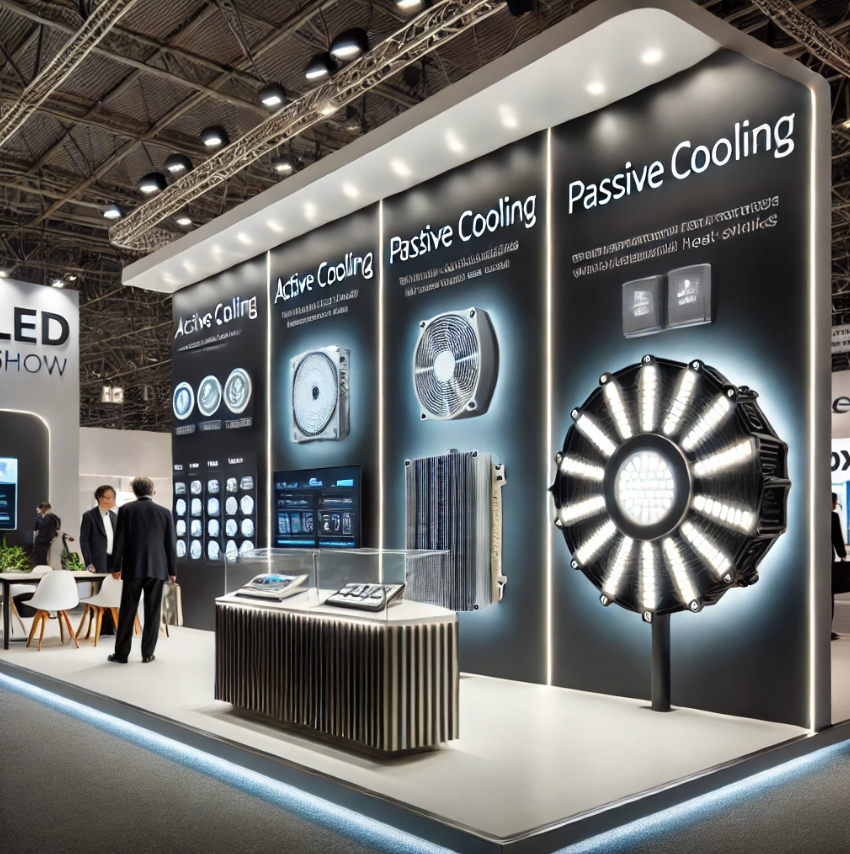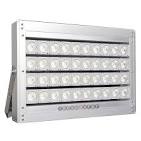LED lighting has revolutionized the lighting industry with its energy efficiency and longevity. However, managing heat dissipation is critical to maintaining performance and lifespan. Without proper cooling, excessive heat can degrade LED chips, reducing brightness and efficiency over time. There are two primary cooling methods: active cooling, which involves external mechanisms, and passive cooling, which relies on natural heat dissipation. This article explores the advantages and disadvantages of both methods and their applications in LED lighting products.

Active cooling uses external components such as fans, liquid cooling systems, or thermoelectric devices to regulate LED temperature. This method is commonly found in high-power LED applications where passive cooling alone is insufficient.
Passive cooling dissipates heat naturally through conduction, convection, and radiation using heat sinks, aluminum casings, and optimized fixture designs.
| Feature | Active Cooling | Passive Cooling |
|---|---|---|
| Heat Dissipation Efficiency | High | Moderate |
| Power Consumption | Requires additional power | No additional power needed |
| Reliability | Lower due to moving parts | Higher with no moving parts |
| Maintenance | Requires periodic checks | Minimal |
| Cost | Higher due to extra components | Lower |
| Application Suitability | High-power LED fixtures | Most standard LED applications |
Both cooling methods are widely used in different LED lighting applications based on power levels, environmental conditions, and operational requirements.
Selecting the ideal cooling system depends on factors such as power requirements, environmental conditions, and maintenance feasibility.
| Cooling Requirement | Recommended Solution |
|---|---|
| Low to Medium Power (≤ 100W) | Passive Cooling (Heat Sink) |
| High Power (100W – 500W) | Hybrid Cooling (Heat Sink + Low-Speed Fan) |
| Ultra-High Power (≥ 500W) | Active Cooling (Fan, Liquid Cooling) |
We implement advanced thermal management strategies in our LED lighting products to ensure optimal performance, durability, and energy efficiency. Whether for industrial, commercial, or outdoor applications, our solutions provide reliable and long-lasting illumination.

Both active and passive cooling play crucial roles in LED thermal management. Active cooling is effective for high-power applications but requires more maintenance and energy. Passive cooling, on the other hand, is energy-efficient and reliable but may have limitations in high-power scenarios. The best choice depends on application requirements and operational constraints.
Get in touch for free lighting customization